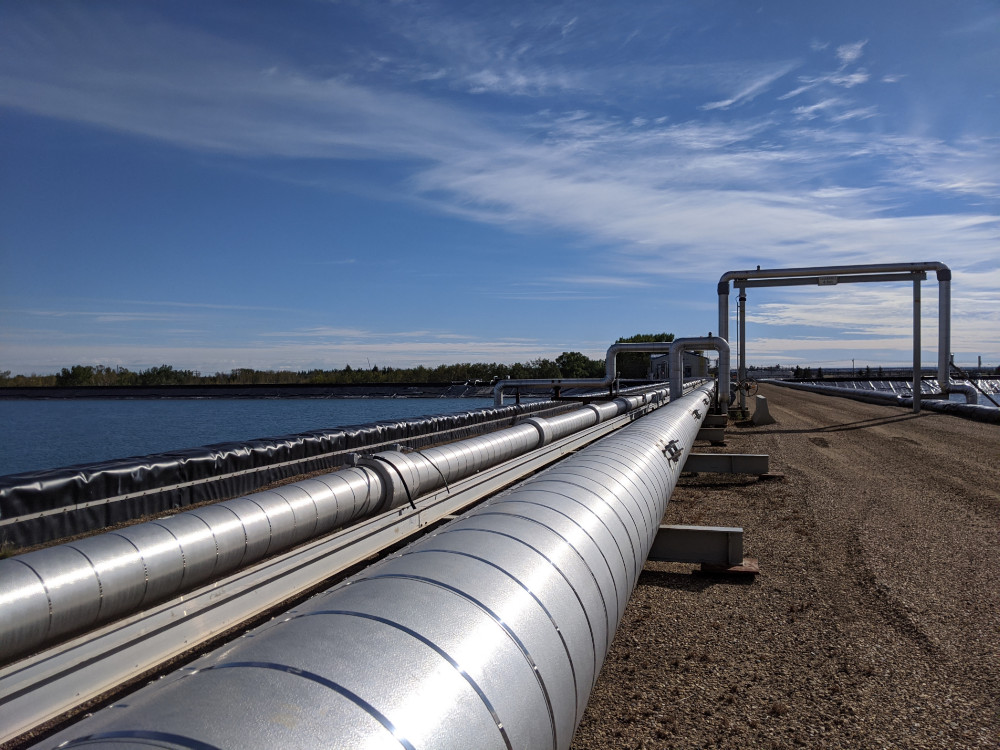Dam Safety Management
Midstream Services Provider | Fort Saskatchewan, Alberta
After changes in dam safety regulations in 2018, including the Alberta Dam and Canal Safety Directive, many brine pond berms that had not previously been considered dams became subject to regulatory dam safety requirements. These requirements include a Consequence Classification and potentially other components, depending on the selected classification. Many ponds are decades old with poor or non-existent records, making it difficult to assess dam safety risks while creating the impression that there are no risks because the structures have survived so long. Journey is fortunate to employ a team of senior engineers with experience specific to dams and the associated regulatory framework.
Team Experience and Regulatory Relationships are Crucial to the Proper Assessment and Management of your Brine Ponds and Dams.
Consequence classifications assess the potential damage that would result if a dam failed and the stored brine was released. The consequence classification is critical because it defines the requirements for other dam safety components such as a Dam Safety Management Plan, Annual Performance Reviews, Dam Safety Reviews, Emergency Preparedness and Response Plans, and Operation, Maintenance and Surveillance manuals. For each pond, the potential inundation resulting from a breach was mapped. The consequences of a breach were then assessed based on the mapping in terms of risk to life, environmental and cultural losses, and economic losses to select a classification under the Directive. A Dam Safety Management Plan (DSMP) was created and was used to propose a phased approach to meeting other regulatory requirements.

